Supine Spinal Twist Yoga Pose I - Supta Matsyendrasana
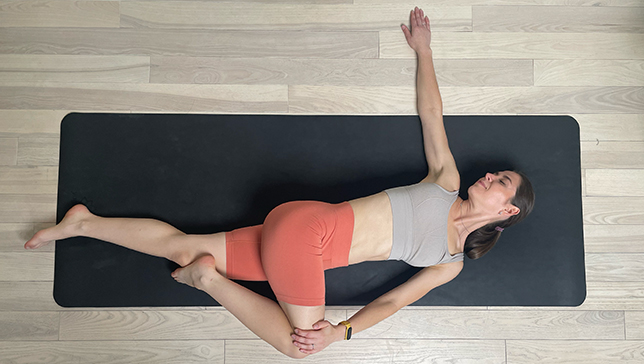
Contents
Supine Spinal Twist Yoga Pose I or Supta Matsyendrasana in Sanskrit (‘supta’ = ‘recline’, ‘matsya’ = ‘fish’, and ‘endra’ = ‘refers to Lord Indra the ruler’). The name Matsyendra, here refers to the lord of the fishes, and this pose depicts the pose Ardha Matsyendrasana in the supine version.
This pose is a great twist to the spine and the abdomen and hence is also referred to as the abdominal twist pose.
Supine Spinal Twist Yoga Pose I helps to stretch and release tension in the spine, hips, and lower back. It can be used both as a stand-alone pose and as compensation after backbends and core-strengthening yoga poses.
Pose Detail
- Difficulty: Beginners
- By Type: Restorative Yoga Poses
- Body Position: Supine Yoga Poses, Twist Yoga Poses
- By Benefit: Yoga Poses For Digestion
Step-by-Step Instructions
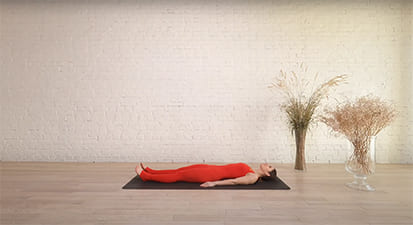
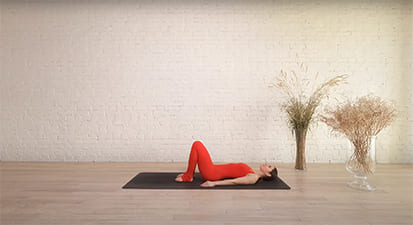
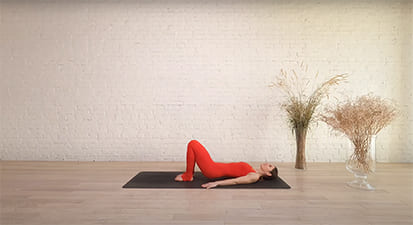
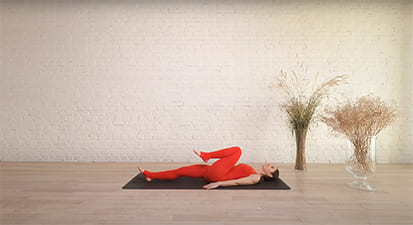

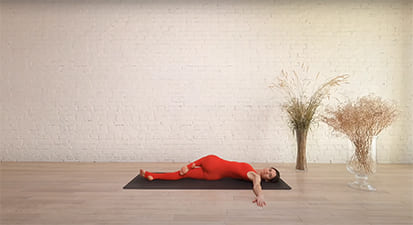
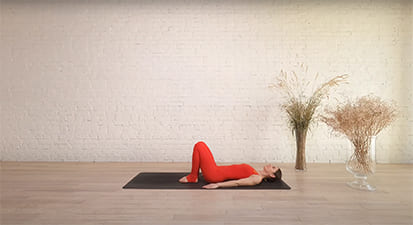
Benefits and Contraindications
Helps release the lower back
Opens tight shoulders
Elongates the supporting spinal muscles
Improves digestion
Quiets the mind
Recent or chronic injury to the knees, hips or back.
Photo poses in different angles
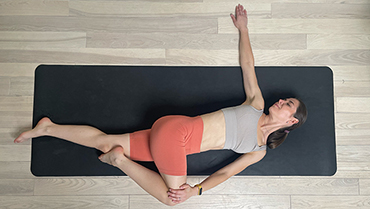
Tips
Avoid these errors when doing this pose.
- Holding the Breath: You should breathe deeply and smoothly throughout this pose. Do not hold your breath.
- Forcing Knee to the Floor: Do not force your knee to the floor. If reaching the floor does not feel accessible, bring your knee over only as much as you can comfortably. You might place a pillow under your knees and feet.
Frequently Asked Questions
Modifications & Variations
- Supine Spinal Twist Pose II
- Supine Spinal Twist with Bent Legs
- Supine Spinal Twist Pose II Bolster Under Hips
- Supine Spinal Twist Eagle Legs Pose